What goes into a healthy lunchbox?
build-a-box
Now that you know how important it is to pack a nutritious, delicious lunchbox, let’s start building one! We have some simple and delicious ideas to keep you inspired all week long!


Core components
As we’ve learnt, there are 6 core components that should be included in a balanced lunchbox: fruits, veggies, dairy (or alternatives), meat (or alternatives), wholegrains and fluids. But what does each of these food groups provide us with? Let’s start with fruit and veggies.
Packed with fibre, essential vitamins, and minerals as well as antioxidants to help reduce the risk of illness, fruits act as a great mid meal snack to top up energy levels. Go for whole fruits rather than fruit juice, as we lose a lot of the fibre and nutrients contained in whole fruit when we juice it. Many schools include a 'brain food' break in the morning, which is a great opportunity to add more fruit.
Like fruits, veggies give us fibre, vitamins, minerals as well as hidden hydration! The combination of water and fibre in vegetables can help us feel full, so incorporating veggies into every meal and snack can help to satisfy kids appetites!
But there's more!
Dairy contains protein for muscle growth, as well as calcium to help build and maintain strong bones. Dairy alternatives (such as soy milk) can also be a great source of calcium if the product is calcium fortified, so look for at least 100mg calcium per 100mL when selecting a dairy alternative.
Whether animal based, or plant based, meat and meat alternative products offer us protein to support muscle growth and keep our immune systems healthy. Beans, legumes, chickpeas and tofu can also count as a serving of meat, so try packing a variety of animal and plant-based sources of protein for lunch.
Wholegrains provide kids with long lasting energy throughout the day to help them run, learn, and play. Opt for wholegrains (like wholemeal bread or wraps, quinoa and brown rice) over refined or ‘white’ carbohydrates, as these provide more fibre and a sustained release of energy.
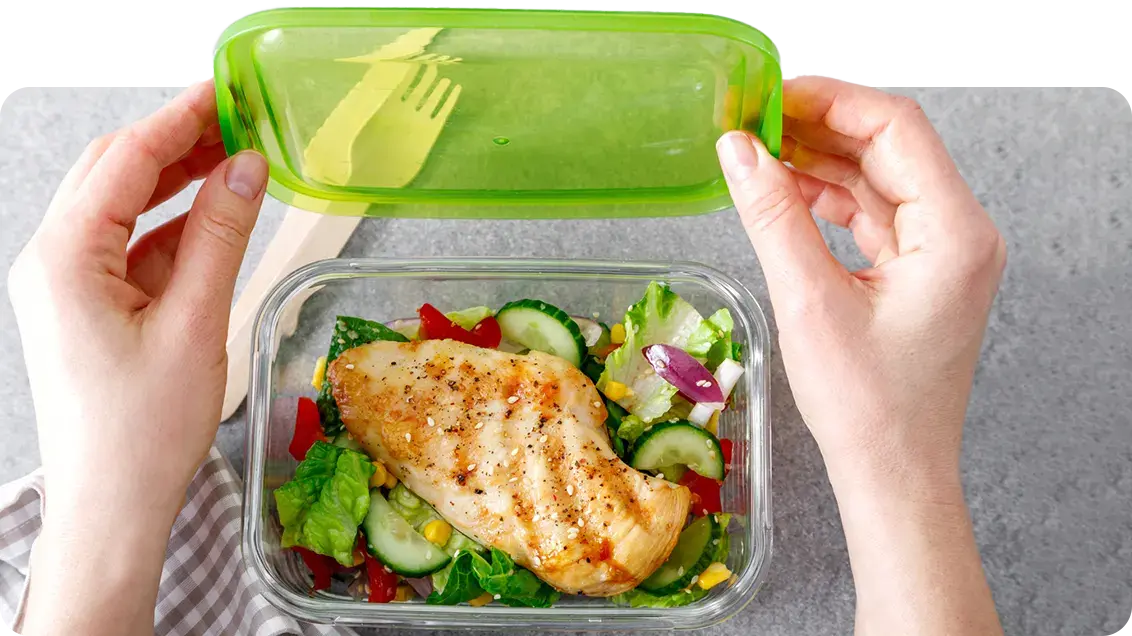
A few final tips
When it comes to fluids, the best way to stay hydrated throughout the day is with water. If your kids struggle with plain water, mix it up by using plain sparkling water or add a few frozen berries or frozen cucumber slices to drink bottles for a cool, refreshing option on a hot summer’s day.
How do we pack this all together? There are so many different foods and drinks that you can use to tick off each of these core components of a lunchbox. Use this resource to help pick and mix your lunchboxes for the week, or check out this video for three ideas for a balanced lunchbox.
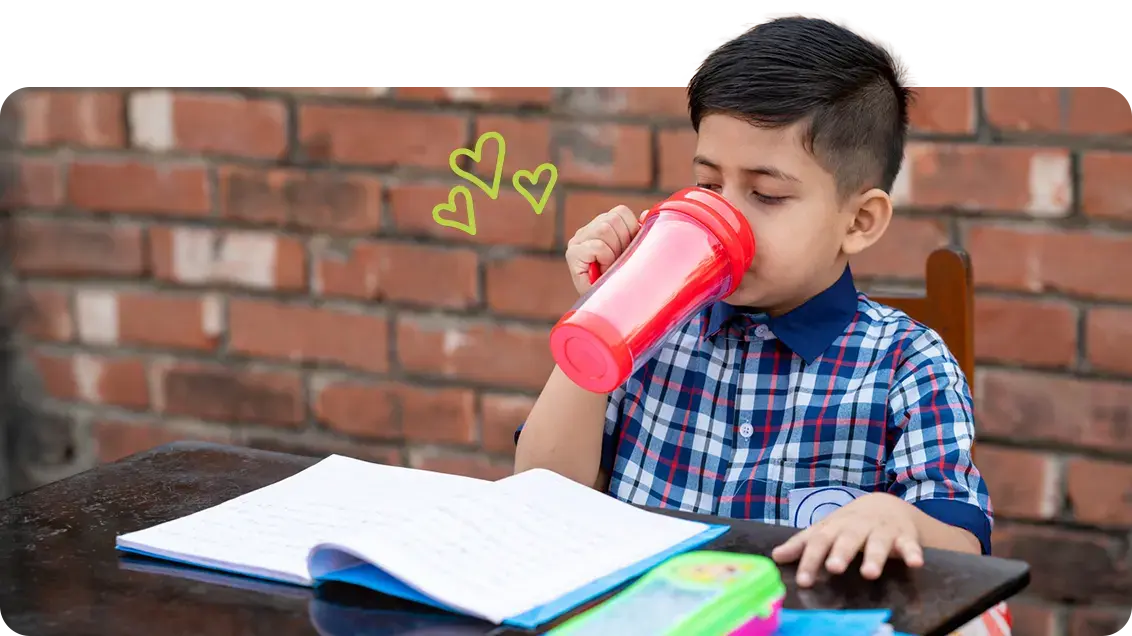
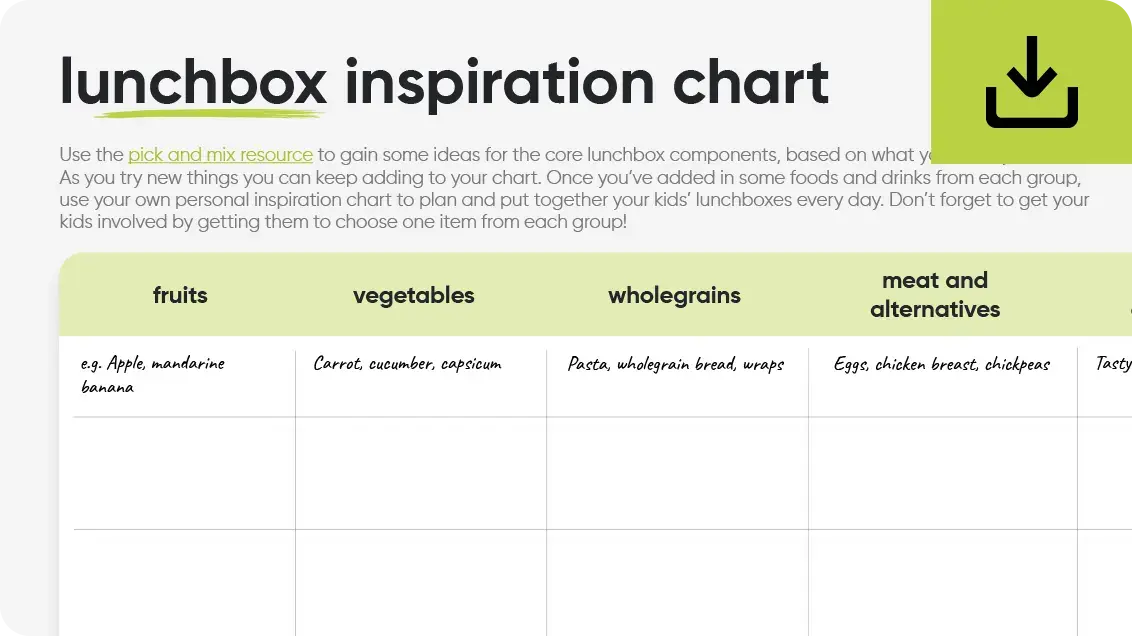
Develop your own inspiration chart!
To help you pack a balanced lunch box each day, a handy tool is to develop your own inspiration chart to quickly pick items from each core food group to include. This also helps to increase the variety offered in your kid’s lunchboxes.
Triple threat
Try out these sandwich ideas in your next lunchbox. Can you identify some other core food components that you could include to build a complete lunchbox?
egg and salad sandwich
This sandwich provides protein, wholegrains and a serve of veggies to help sustain energy.
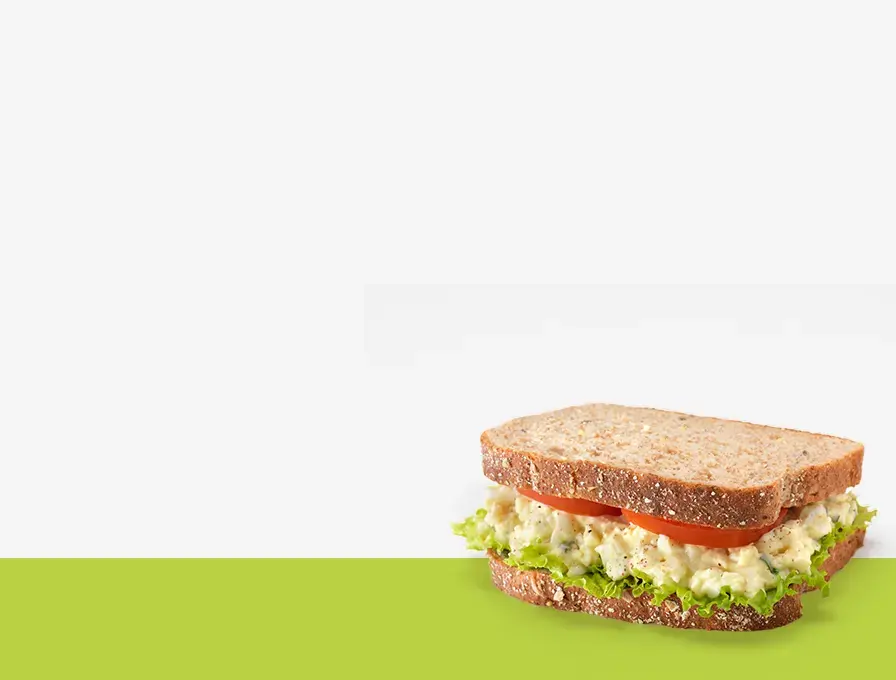
ham and salad pocket
Short on containers? Use a pita pocket to hold some ham and salad ingredients for a delicious lunch option.
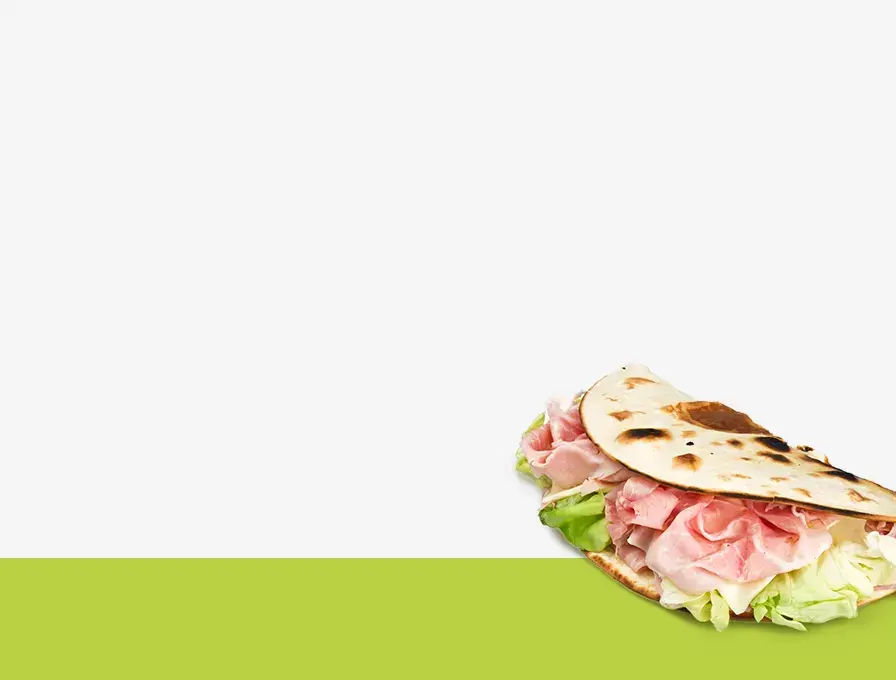
salad wrap
This simple sandwich filling includes a variety of veggies that are packed with fibre, to keep little tummies happy.
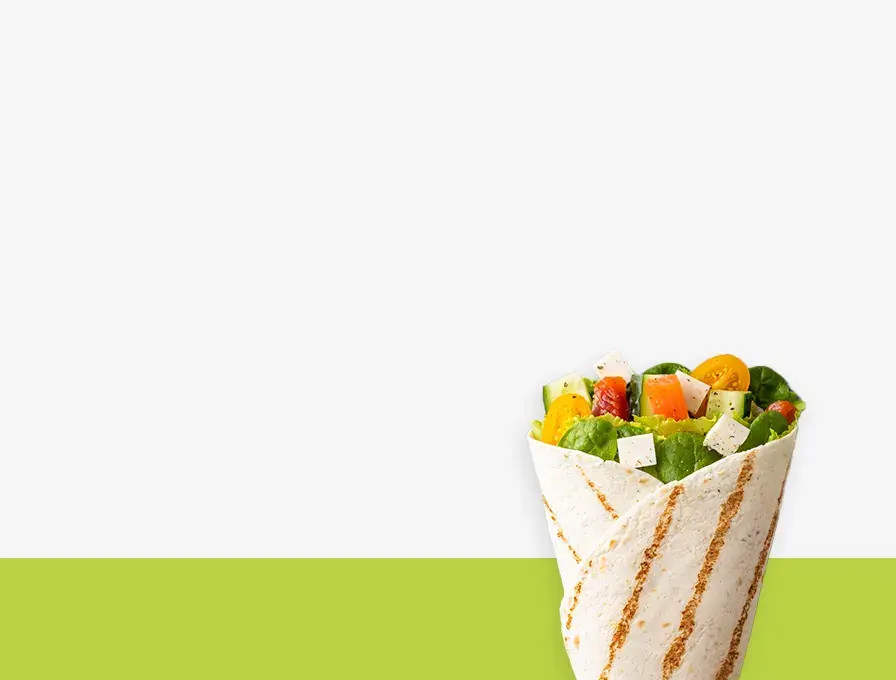
Keep an eye on your inbox
Stay tuned for:
- A handy planning tool to get you super organised each week!
- More tips and tricks on reducing your lunchbox waste.

Content prepared by Nutrition Australia for healthylife.
This page is for informational purposes only and does not provide medical advice, diagnosis, or treatment. Any information published on this website or by this brand is not intended as a substitute for medical advice. If you have any concerns or questions about your health you should consult with a health professional.


